On Common Ground: a polyphonic exhibition on child’s play, memory and migration
By approaching the house images with care, not to break up the solidarity of memory and imagination, we may hope to make others feel all the psychological elasticity of an image that moves us at an unimaginable depth.
Gaston Bachelard
This sharing of ‘psychological elasticity’ is everywhere in Common Ground at Korpúlfsstaðir, which imbues the home with the political current of immigration, and the diverse patchwork of our individual experiences. The show holds traces of childhood in bric-a-brac hanging sculptures, where a lullaby is heard from underneath a child’s bed sheet and a giant swing oscillates in the centre of the exhibition space. Each artist has responded to the theme of Common Ground and the home individually, and yet this sensitivity to personal emotion and memory is also what characterises the exhibition as a whole.
![On Common Ground:Gudrita Vape, Staðbundin Þekking (Local Knowledge) [Vietinės Žinios], 2020](/_next/image?url=https%3A%2F%2Fmyndlistarmidstod.payload.is%2Fmedia%2Fon-common-ground-gudrita-vape-stadbundin-thekking-(local-knowledge)-vietines-zinios-2020-2000x1333.jpg&w=2048&q=80)
Gudrita Vape, Staðbundin Þekking (Local Knowledge) [Vietinės Žinios], 2020
Kristín Reynisdóttir, who conceived of the large swing for the exhibition space, remembers, ‘This is a memory from my childhood—we had a big swing on my mother’s farm, and it was very large because there were many children in the family.’ ‘I’m interested in the swing as holding multiple meanings’, she continued ‘the idea that if you are coming from somewhere, leaving the country, you have the urge to ‘swing back’, to go back’. The work includes a visitor notebook, where exhibition goers are invited to share their experience of sitting on the swing and their own thoughts or memories. The contents of the work is conceived of in this open-ended collaborative format, in similar vein to the spirit of the exhibition. Reynisdóttir insists on a feeling of togetherness and interaction in the experience of the artwork. During the pandemic, there has been so much distance between us, and the shared experience of sitting on a swing can rectify or heal that space.
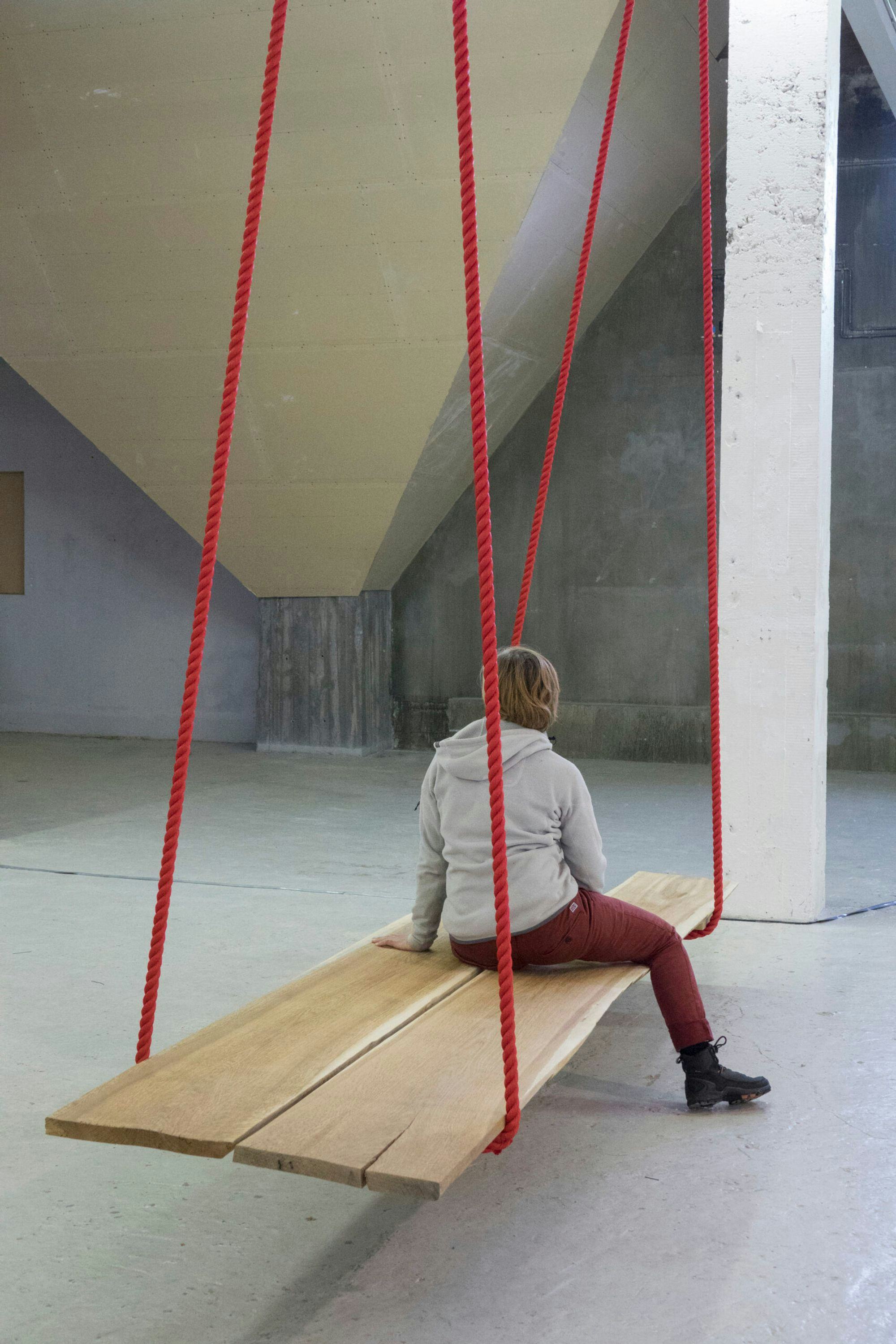
Kristin Reynisdóttir, Swing, 2020
The precision in the cut-out constellation on blue carbon paper by Anna Júlía Friðbjörnsdóttir poses a response to forced immigration—both as a localized view on the refugee crisis, and also as a wider poetic metaphor for the organisation of people and space. The shifting light is integral to our experience of the work, as it shines glaring pin-hole lights in variations, conjuring a night sky as a shared viewing experience. The work sets up a binary between controlled constellations—those challenges which are determined and limited—and serendipity, the luck and chances we are individually given. Closer to home, a hanging fabric by Wiola Ujazdowska commemorates the fire in Reykjavik where three Polish workers died in June 2020, and there is a sense in the flower works by Gudrita Lape that this is a form of memorial, marking a past life. Here, art creates a space where migrants, bees and plants are commemorated and cohabit peacefully.

Anna Julía Friðbjörnsdóttir, Blueprint, 2020
For Jóhannes Hinriksson, the thematic significance of the exhibition is personal. ‘I see language as this thing that separates us. In Iceland, language is so important to us, so that if you speak Icelandic well, then you’re automatically Icelandic. If you don’t speak it, you are considered a foreigner or an outsider. My ex-wife was from the Philippines, but had been in Iceland since she was a child, and could speak the language. People were often racist, and she was better at Icelandic than I am!’ The work is titled Language is a virus from outer space: language operates here both as a positive sense of belonging, and a misunderstanding or a violent tearing apart.
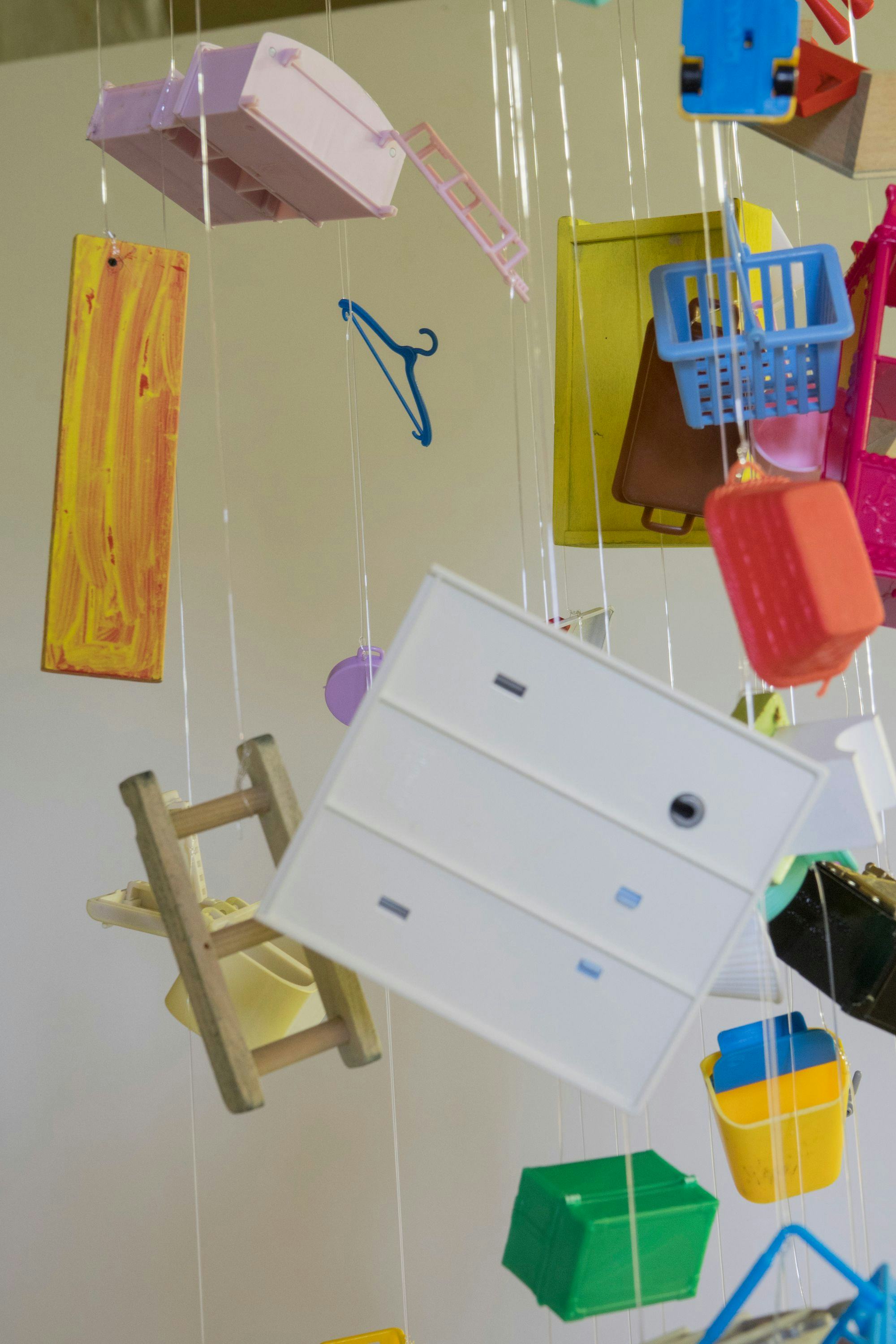
Anna Eyjólfs, Lost World – New World, 2020
This problematic is played out in the exhibition’s subject matter, and with an estimated 50,000 immigrants now living in Iceland, the entrenched homogeneity of Iceland’s language and identity is evolving. As curator of the exhibition, Pari Stave asks, ‘Is self-identity tied to the birthplace, language and culture of one’s childhood? Or is it the ground on which one lives and makes a home? Does a person from another place ever establish a sense of truly belonging in a new country?’
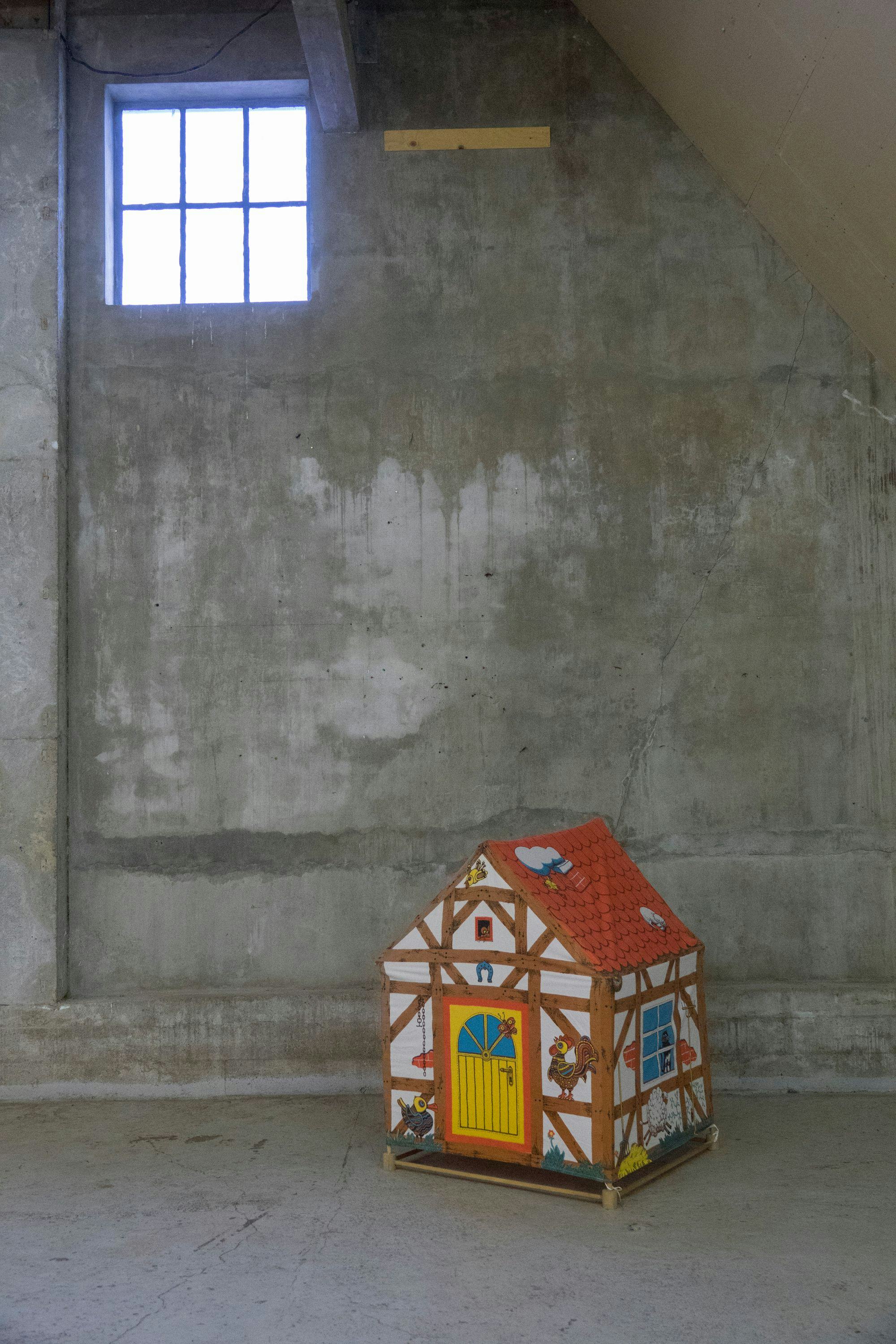
Kaia Dobrowolska, Strategies for Subsisting, 2020
For Lucas Bury, a recent graduate from art school in Reykjavik, national identity is similarly multifaceted. His painting, Lithuania, my Fatherland, (2020) is an homage to Caspar David Friedric´s The Wanderer, (1818) and the title derives from the first three words of the poem Pan Tadeusz by Adam Mickiewicz. It’s Bury’s most personal work, where he challenges his own sense of cultural and national identity, by complicating Polish, Lithuanian, Russian and Icelandic symbols. Bury remarked on the collaborative aspect of the exhibition that ‘The Icelandic artists in the exhibition approach [the subject] with a more poetic and metaphysical way, whereas artists with a foreign background have approached it with a more personal perspective, and the artworks, in turn, become political. It’s very interesting how we view our common ground variably. With regards to Polish artists, we all have different perspectives on immigration because of the families we come from and how we came here, what kind of luck we had in finding employment’. We agree the exhibition speaks and coalesces well together, like a collaborative choir of changing, interactive, ‘elastic images’.
On Common Ground is
on view at Korpúlfsstaðir until this Sunday, 27th September 2020. The exhibition
is a collaboration between Polish, Icelandic and Lithianian artists who live in
Iceland, organised by Anna Eyjólfs and Ragnhildur Stefánsdóttir, and sponsored by ‘Academy of the Senses’, Reykjavík Arts
Festival and Icelandic Visual Funds.

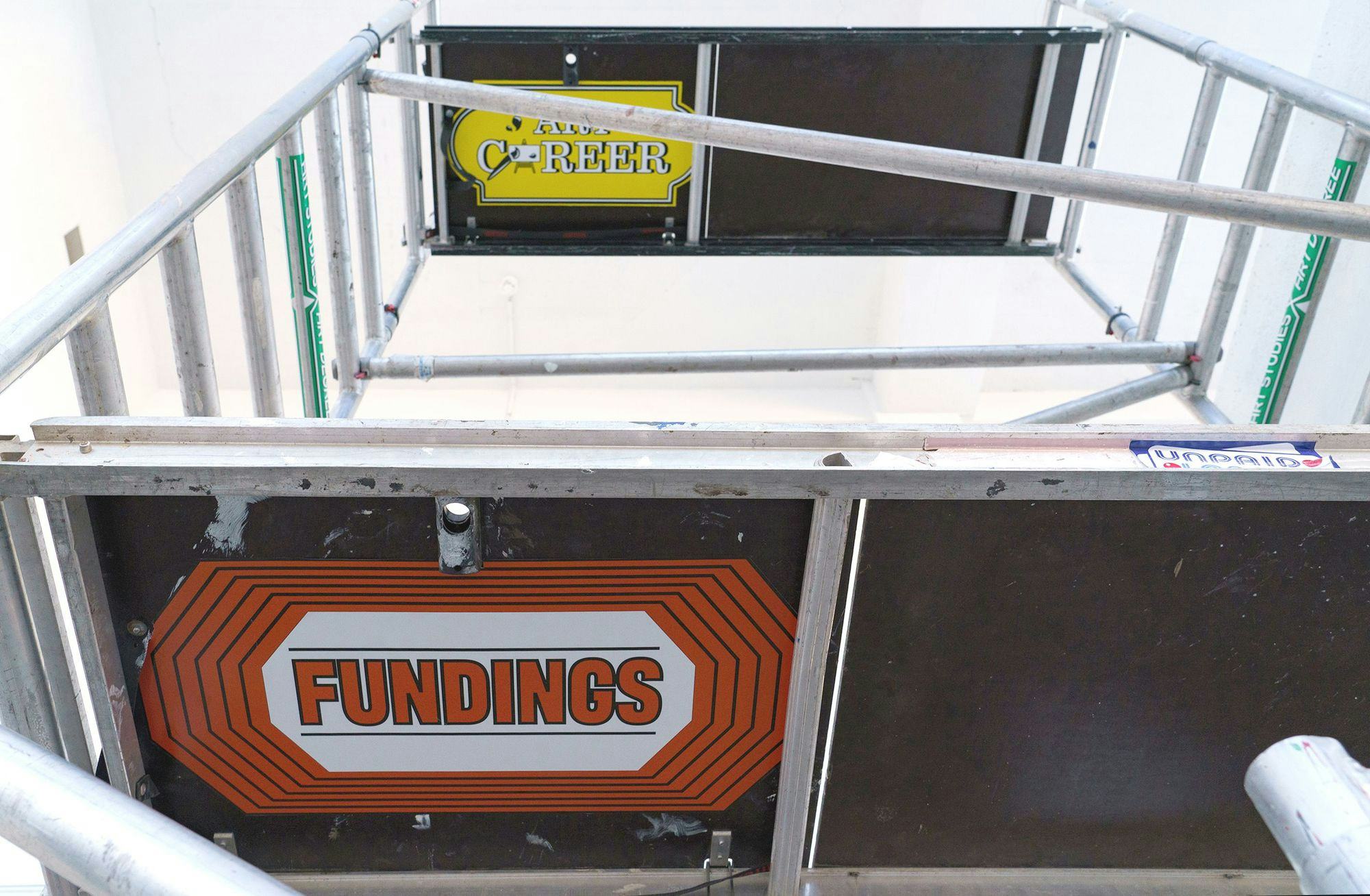
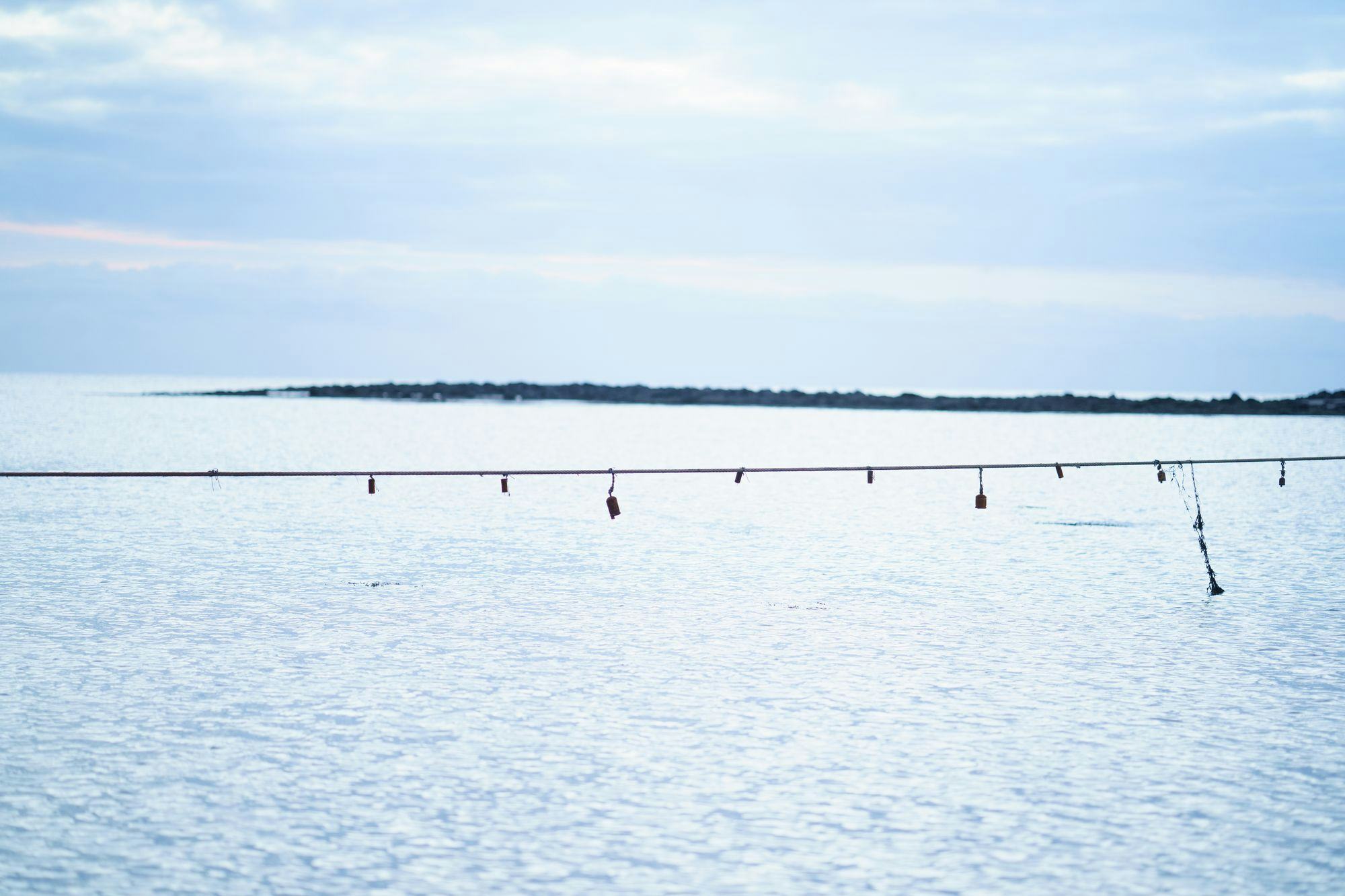
-icelandic-pavilion-2000x2667.jpg&w=2048&q=80)

